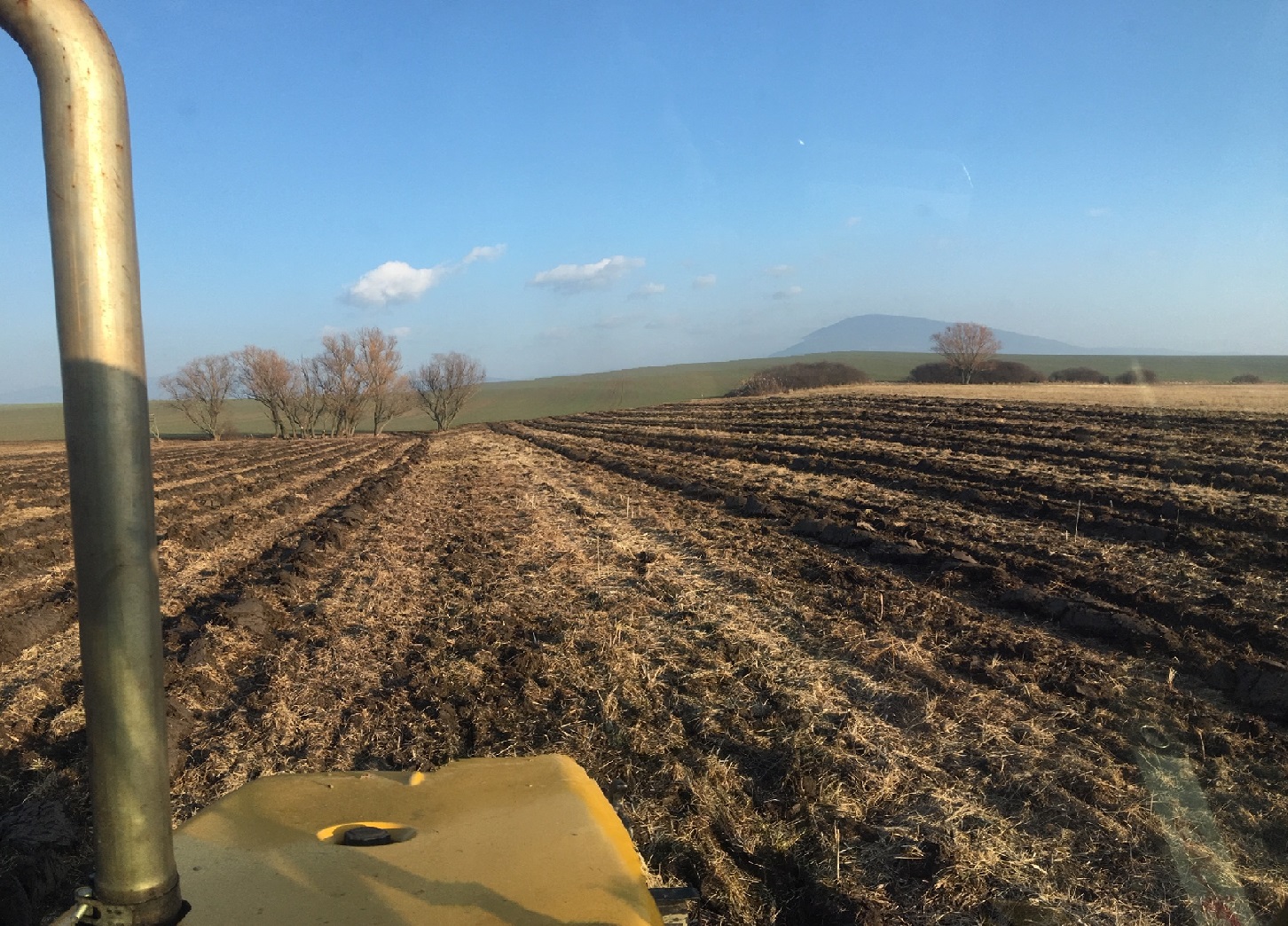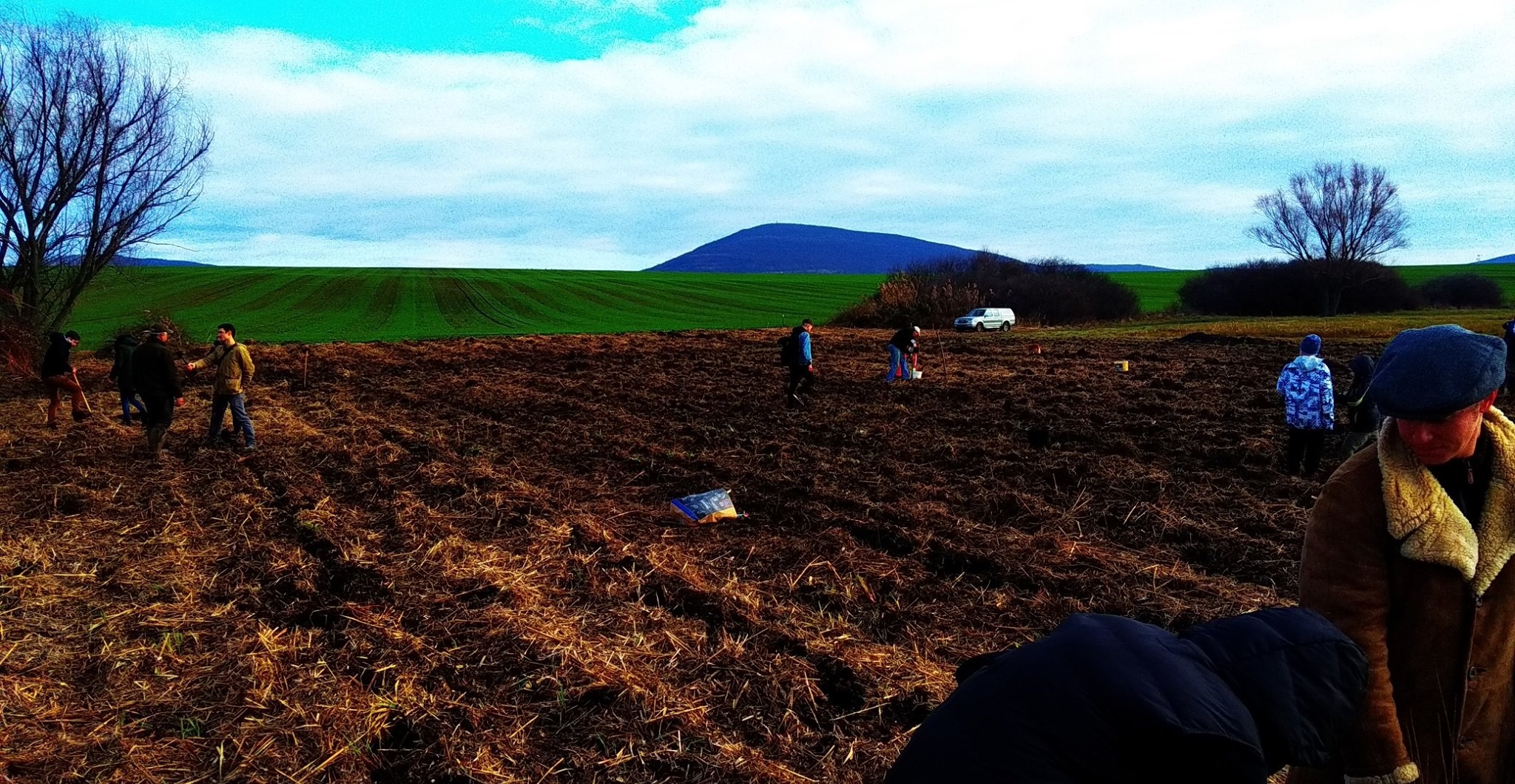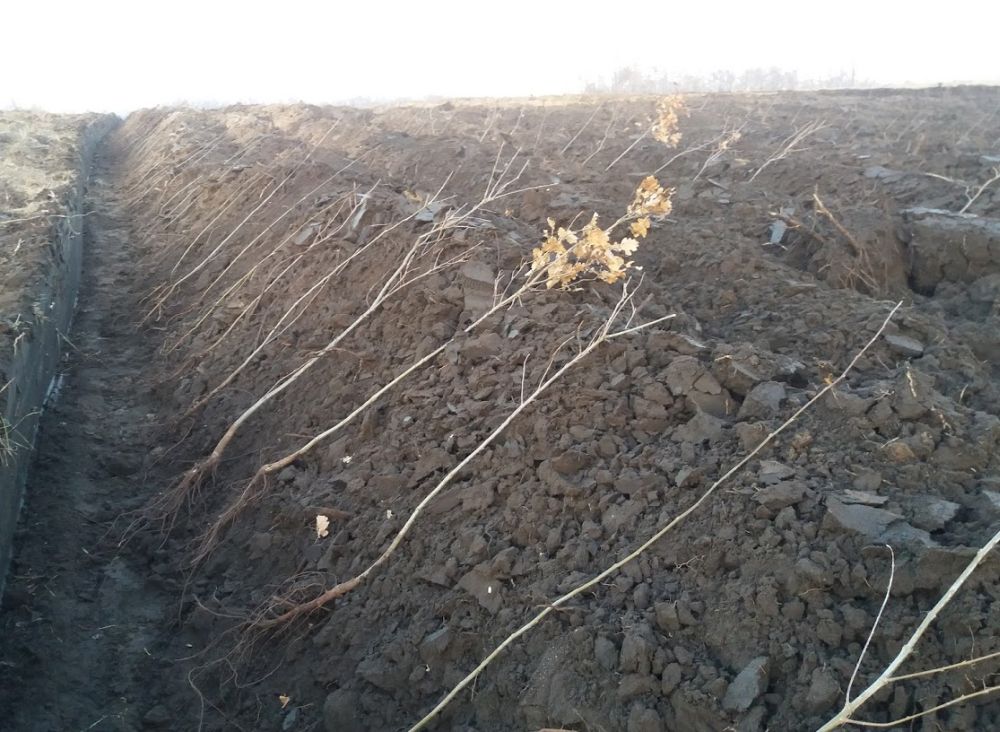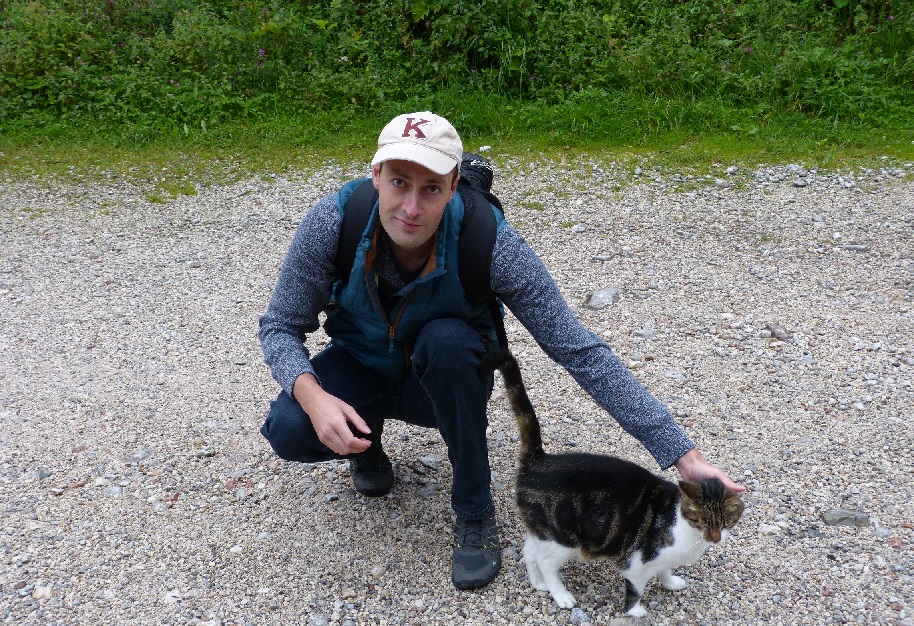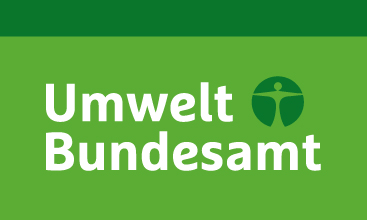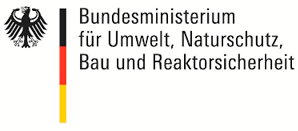Fight against climate change through afforestation


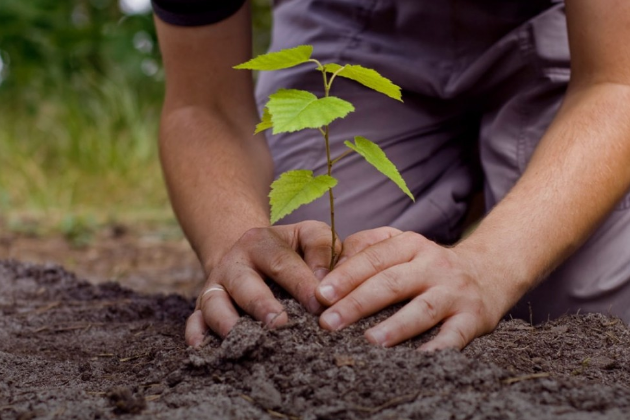
-
Backers
8
-
Funded
108 €
-
Stage goal
3.000 €
Added value for the environment
The project saves or improves the areas of ...
|
human
|
☆ ☆ ☆ ☆ ☆ |
|
ground, water, air
|
☆ ☆ ☆ ☆ ☆ |
|
climate
|
☆ ☆ ☆ ☆ ☆ |
|
animals and plants
|
☆ ☆ ☆ ☆ ☆ |
|
biodiversity
|
☆ ☆ ☆ ☆ ☆ |
|
|
|
|
|
Resources used
The resources used are ...
|
produced sustainably
|
☆ ☆ ☆ ☆ ☆ |
|
|
|
|
|
|
|
of regional origin
|
☆ ☆ ☆ ☆ ☆ |
|
used efficiently
|
☆ ☆ ☆ ☆ ☆ |
|
|
|
|
|
Summary
Description
What is the funded money used for?
Why is the project an EcoCrowd project?
Tell us something about yourself.
We improve the future, because ...
Kleinwilfersdorf, AT
Erfurt, DE
Es gibt weitere 6 anonyme Unterstützungen.
There is no blog post for this project.

